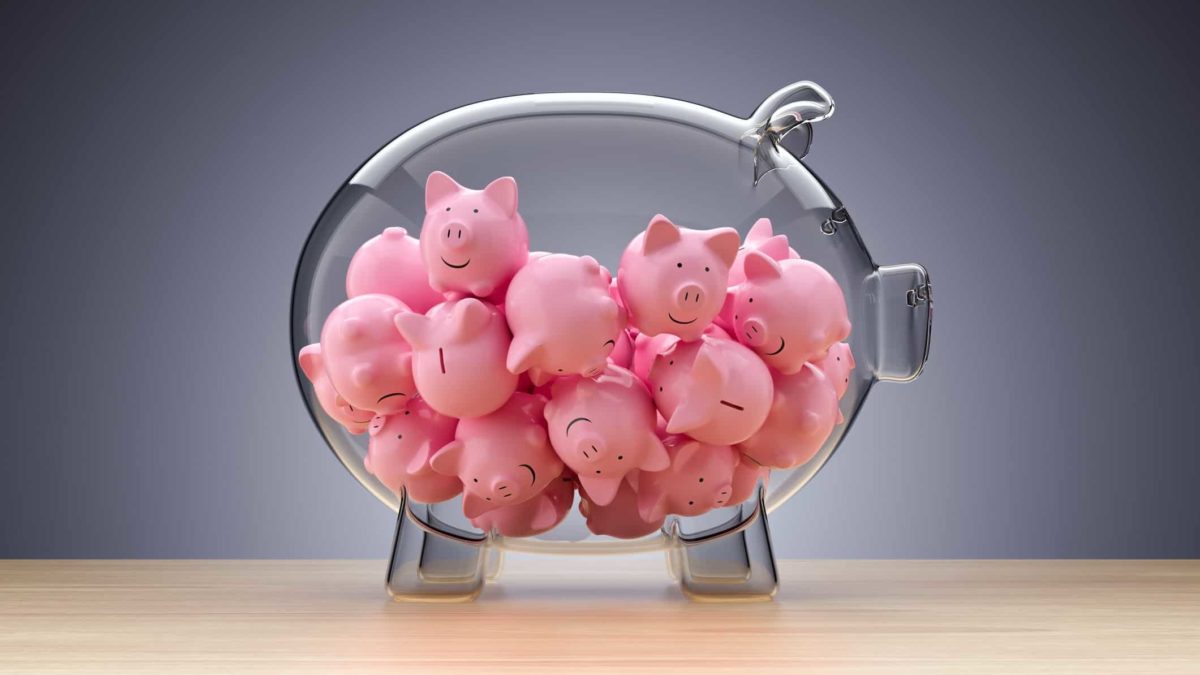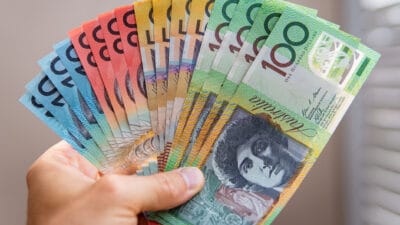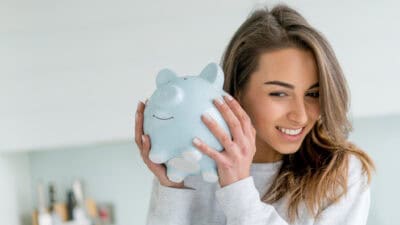Even if you're a beginner, diversification is probably a term you've come across numerous times on your path to building an ASX share portfolio.
We're constantly told that diversification is an important part of building a resilient portfolio of shares, providing protection against single-company risk, as well as other unforeseen events such as the dreaded 'Black Swan'.
Yet some investing experts caution against too much diversification. Legendary investor Warren Buffett even once famously said:
Diversification is protection against ignorance. It makes little sense if you know what you are doing.
To be fair, Buffett puts his money where his mouth is. Although his company Berkshire Hathaway holds dozens of individual stocks, one stock – Apple – has, in the past, made up more than 40% of its entire portfolio.
But Buffett is Buffett. So how much diversification should we mere mortals aim for in our own portfolios?
How much diversification is too much for an ASX share portfolio?
At the end of the day, it all comes down to your individual circumstances, risk tolerances and goals.
Some investors are experts within a certain field, and invest accordingly. If you know everything there is to know about gold mining and the precious metals industry and market, for example, then owning one or two gold mining companies that you have personally assessed might work for you.
Most of the world's wealthiest people own a huge amount of one or perhaps two single stocks.
If that is indeed a mould one fits in, then there is nothing inherently wrong with this approach. However, most investors do not fall into this category.
That's why I tend to believe that almost every investor should aim for at least some diversification in their stock portfolios.
If you don't like investing in broad-market exchange-traded funds (ETFs), we here at the Motley Fool usually advocate that investors should aim to hold between 15 and 25 individual shares in a portfolio. This is normally enough to give an investor exposure to a number of different, uncorrelated sectors while maintaining the potential for significant market outperformance.
However, using ETFs and index funds is a great way of boosting your portfolio diversification. An index fund represents an investment in every single company that makes up an index.
The world is our oyster
For example, buying a popular ASX 200 index fund like the iShares Core S&P/ASX 200 ETF (ASX: IOZ) means buying a small slice of the 200 largest companies listed on the Australian markets. That's everything from Commonwealth Bank of Australia (ASX: CBA) to Ampol Ltd (ASX: ALD).
Just having an index fund like IOZ as your only investment is arguably enough to call your 'portfolio' diversified.
However, many investors like to add additional ETFs and index funds to an ASX-based portfolio. Australia is only one, relatively mid-sized, economy in the world.
Buying up additional investments in other markets like the United States provides even more diversification, offering protection against fluctuations in the Australian dollar, as well as Australia-centric economic problems.
As such, you could pair an ASX index fund with an American one, such as the iShares S&P 500 ETF (ASX: IVV), for even higher diversification. This will give you exposure to the best of both Australian markets and world-dominating companies like Microsoft, Amazon, and Coca-Cola.
But why stop there? You could instead pick the Vanguard MSCI Index International Shares ETF (ASX: VGS), which offers exposure to the US markets and other advanced economies like the United Kingdom, Japan, Switzerland, and Germany.
You could even invest in the Vanguard FTSE Emerging Markets Shares ETF (ASX: VGE) to gain additional exposure to emerging economies such as India, Taiwan, Brazil, Saudi Arabia, and Mexico.
Finding the right balance for your ASX share portfolio
If you split your portfolio between the iShares S&P/ASX 200 ETF, the Vanguard International Shares ETF and the Vanguard Emerging Markets ETF, you'll have indirect exposure to almost 6,300 different companies. How's that for diversification?
Now, there's nothing inherently wrong with going for this much variety in your portfolio. However, it is worth noting that the more you diversify, the less likely you are to obtain a high rate of return.
When you combine so many markets and companies, the strong performers are likely to balance out the weak, leading to a flatter, lower overall return.
I personally stick with diversifying across just the Australian and American markets, which I think gives good exposure to the best companies in the world but with enough diversity to mitigate against single market and currency factors.









